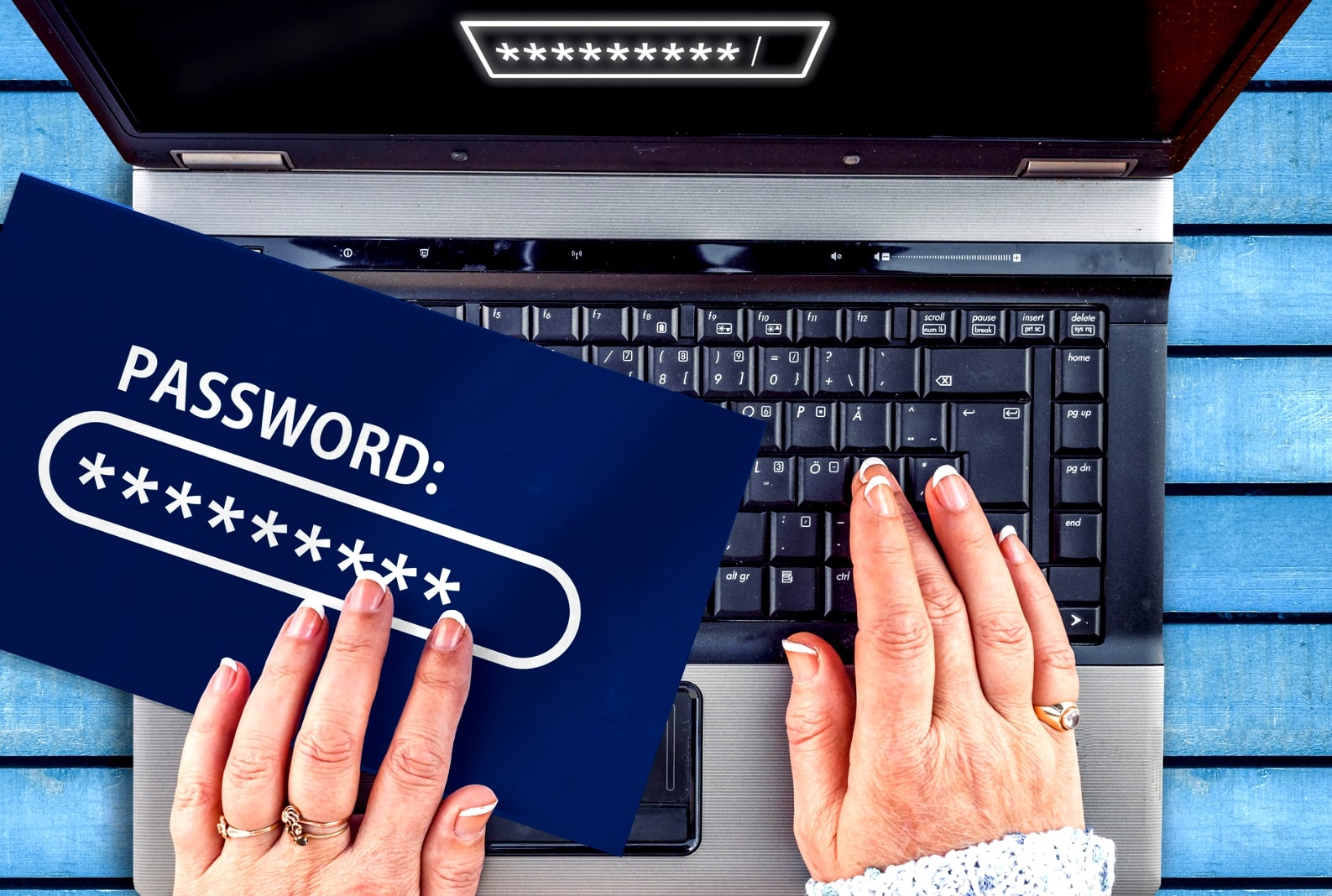The importance of cybersecurity insurance measures cannot be overstated. The transition of organizations into a digital environment coincides with an increase in the sophistication of online attacks. In the past, hackers would target large, high-revenue corporations because these businesses both had significant amounts of money and important information. However, over forty percent of recent cyberattacks were aimed at small enterprises. Even more concerning is that just 14% of these small enterprises are prepared to defend themselves against such an assault.
Purchase of Cybersecurity Insurance is an investment that is both prudent and essential
Businesses are already taking increasingly strict precautions to protect their operations from the dangers posed by Internet activities. Despite your best efforts, malicious software and ransomware could still infiltrate your system, and unauthorized access to your data could still occur. You must purchase a solid cybersecurity insurance policy for your company if you want to shield it from the myriad of consequences that can result from attacks like this.
Even though cybersecurity insurance cannot stop or reverse the effects of cybercrime, it can assist your company during the recovery process if an attack happens online.
Reduce the Risk of Monetary Losses with Cybersecurity Insurance
The costs associated with dealing with the fallout of a cyberattack might be significant. Your company could suffer a loss of millions of dollars because of the attack, depending on how severe it is. You will pay for services such as damage control, damage prevention, and legal representation. A comprehensive plan can cover these costs and a great deal more.
Cover Losses Incurred During Downtime
Again, the speed with which you can get your company back on its feet will be directly proportional to the severity of the crisis. You may get by until your company has fully recovered with the help of insurance while it is rebuilding or when operations are stopped.
Fill the Void in Your General Liability Insurance Coverage
When shopping for a plan for general liability insurance, many owners of businesses make the mistake of assuming that this protects them against cyberattacks. However, this is rarely the case. Even though standard plans might provide some coverage, that protection is rarely sufficient. A standalone cybersecurity insurance policy will provide you with the most comprehensive coverage available for your company.
Help with Recuperation
Today, many cybersecurity insurance policies offer more than just cash help. Many service providers offer a comprehensive recovery package that contains services such as legal representation, damage control for public relations, and computer forensics. You can get each of these services from a different supplier; however, why put yourself through the hassle when you can get them all from the same location?
Cost-Effective Solutions with a High Level of Protection
Insurance companies will typically offer relatively affordable premiums to customers who have an effective cybersecurity strategy in place. The purpose of this is to encourage businesses to place a higher priority on cybersecurity and to develop improved methods. If you want to take advantage of our lower prices, it is in your best interest to increase the amount of protection you have as soon as possible.
Methods That Prove to Boost Online Safety and Security
As most of us know, there are many approaches to improving cybersecurity in the workplace. First, you need to provide frequent training for your staff members. This is because a lack of understanding is still the most common factor that allows hackers to penetrate computer systems. You should also install multi-factor authentication, safeguard your networks, and maintain continuous updates to any anti-malware technologies you use.
Policy for Users to Bring Their Own Devices
Bring-your-own-device policies, often known as BYOD policies, can boost the cybersecurity of your firm. Implement these policies in the workplace. For utilizing privately owned devices to access company data and other uses of the device while at work. This policy should clearly outline the duties of your firm and the individual as well.
You may use our BYOD Policy template, which you can get by clicking right here, to ensure that your company’s BYOD policy contains all the components. This can be done by ensuring that you use our template here. You are free to change it in any way you see fit to bring it into line with the activities and objectives of your organization.
A Few Parting Thoughts For Cybersecurity Insurance
A company must take all the steps to improve its cybersecurity. However, regardless of how formidable your defenses may be, you should never allow yourself to become complacent. The best thing you can do to safeguard your company is to be sure it has a cybersecurity insurance plan. Call us now if you have additional questions about Cybersecurity Insurance.








